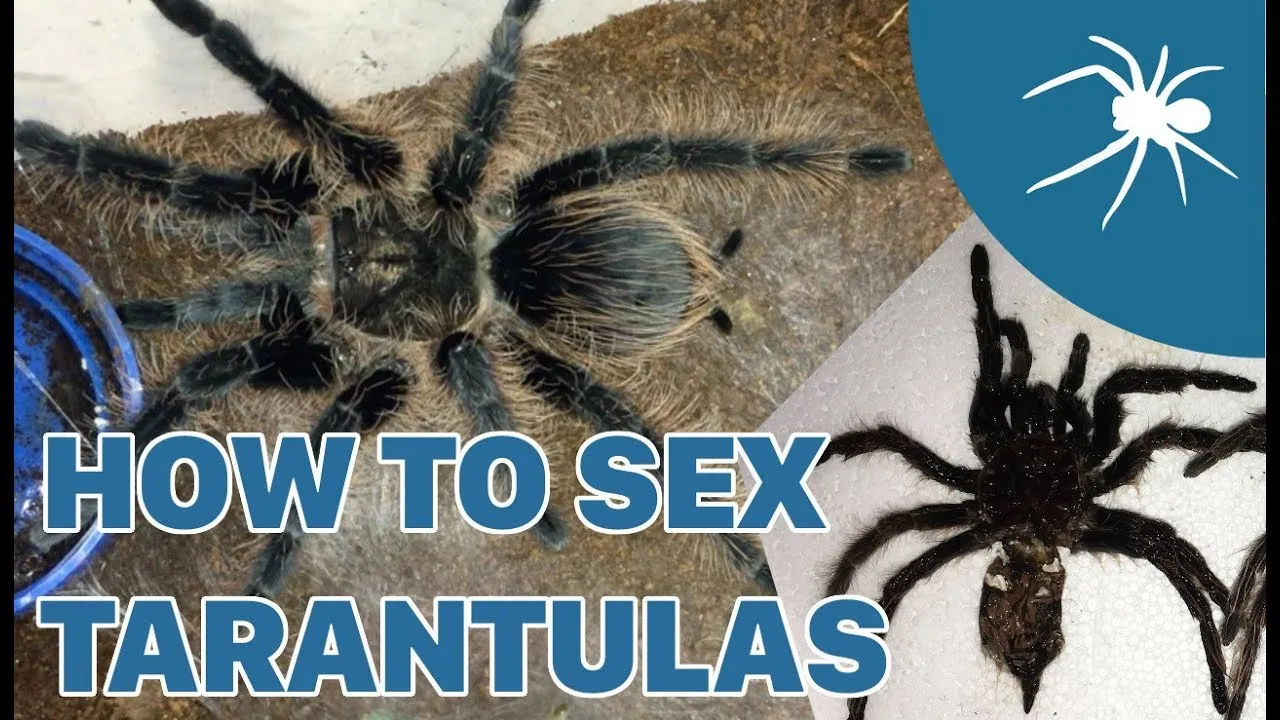Understanding the Curly Hair Tarantula (Overview)
The Curly Hair Tarantula (Tliltocatl albopilosus), a popular pet tarantula, captivates enthusiasts with its docile nature and striking appearance. Native to Central America, these spiders are known for their distinctive, fuzzy, curly hairs, ranging in color from brown to gold. This guide delves into the key differences between male and female Curly Hair Tarantulas, assisting potential owners in identifying the gender of their pet spiders and understanding their unique characteristics. Recognizing these differences is crucial for proper care, breeding considerations, and overall appreciation of these fascinating creatures. Understanding the nuances of their biology provides valuable insight into their behavior and needs, ensuring a healthy and fulfilling life for these captivating arachnids. Proper gender identification allows keepers to provide the appropriate habitat, feeding, and care requirements, contributing to the well-being of these remarkable creatures.
Appearance and Physical Characteristics
Size and Body Structure
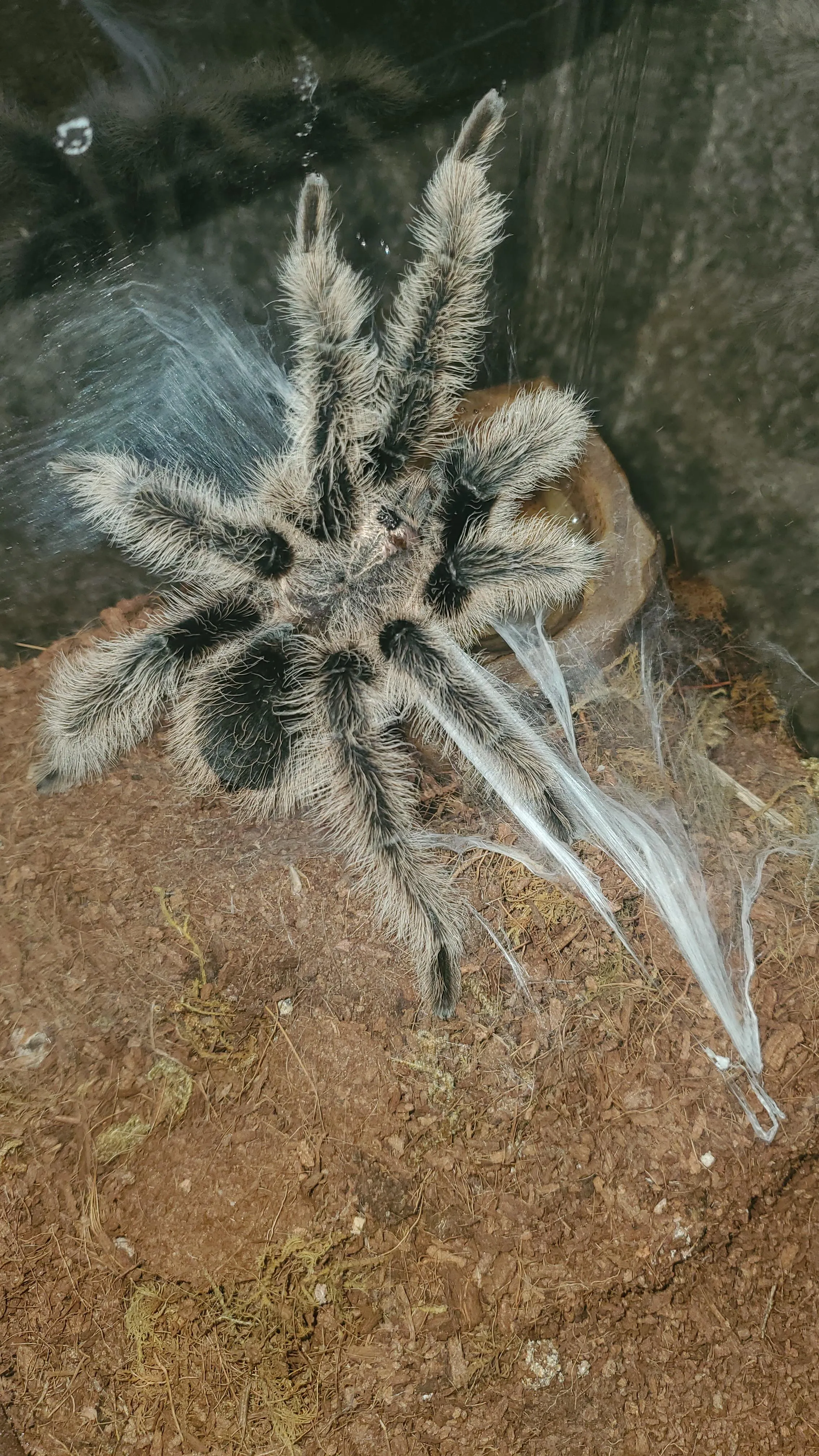
Size is a significant differentiator between male and female Curly Hair Tarantulas. Females generally grow larger than males, a key aspect in gender identification. Their bodies are sturdier, contributing to their overall bulk and longevity. This size difference is apparent when observing a mature adult. Males, on the other hand, tend to be smaller and more slender. The variance in body structure plays a crucial role in their life cycle, especially concerning molting and mating. Observing the size and build can provide an initial clue in determining the sex, however, additional characteristics are needed for a definitive answer. The difference in size also impacts habitat needs, with larger females requiring larger enclosures to comfortably accommodate their growth and activity levels. The size difference becomes even more pronounced as they mature.
Male Curly Hair Tarantulas
Male Curly Hair Tarantulas are typically smaller than females. Their overall body structure is less robust, often appearing more elongated and less bulky. This difference in size is a direct result of their shorter lifespan and primary role in mating. Males allocate less energy to growth. They tend to have a more streamlined physique, which can be noticed during molting, where the overall size increase is less dramatic compared to females. Their smaller size also impacts their agility and movement, enabling them to navigate their enclosure more efficiently in search of a mate.
Female Curly Hair Tarantulas
Female Curly Hair Tarantulas exhibit a larger size and a more substantial build compared to males. This sturdier physique is essential for carrying eggs and enduring the longer lifespan. Females invest more energy in growth and development. This increased size is particularly noticeable after molting, with significant increases in body mass. Their larger size may also influence their preferred habitats, often requiring larger enclosures to accommodate their activities. This size difference is usually observable once they reach maturity, providing a key indicator of their sex.
Coloration Differences
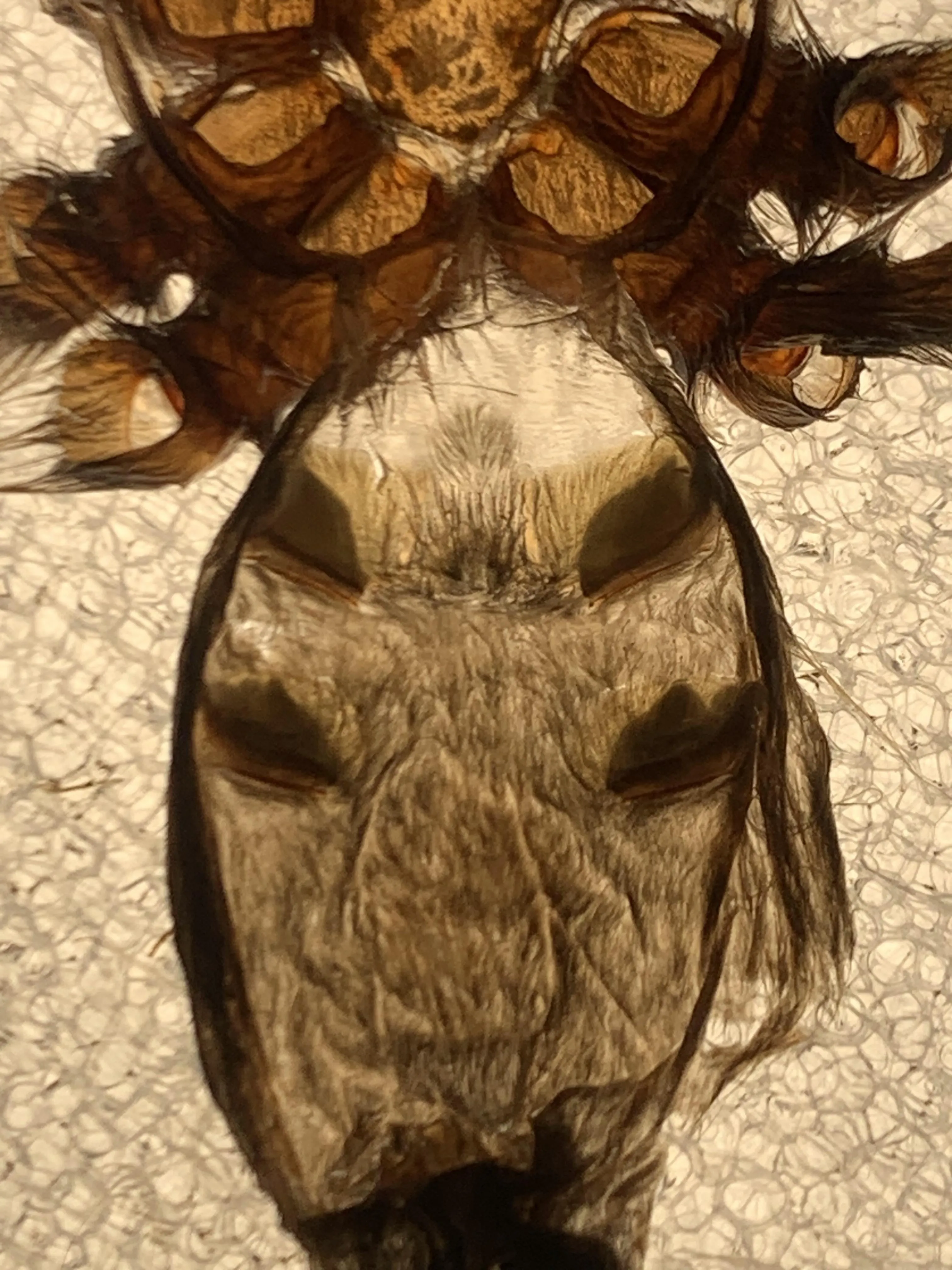
Coloration is another factor that can help differentiate between male and female Curly Hair Tarantulas. While both sexes share the characteristic curly hairs, there can be subtle variations in their overall coloration and appearance. These distinctions may not always be immediately obvious and are usually more noticeable as the tarantulas mature. The subtle nuances in coloration provide a clue in helping to determine the gender.
Male Curly Hair Tarantulas
Mature male Curly Hair Tarantulas sometimes display slightly different coloration compared to females. The overall hue might appear less vibrant. The hairs may appear less dense and their color less intense. During the molting process, males may also exhibit slight differences in the color of their carapace and legs. These subtle variations can be subtle. However, experienced tarantula keepers often recognize these differences as they mature. The overall presentation of the males will show slightly less vibrant coloring.
Female Curly Hair Tarantulas
Female Curly Hair Tarantulas generally retain a consistent coloration throughout their lives, with the characteristic brown or golden hairs. The appearance may be more vibrant and full. Their colors can be richer and more defined. After molting, their colors often appear more vivid. The overall presentation gives a fuller, richer appearance. Their coloring also holds true throughout their lifespan. The richness of the colors is directly related to their overall health and proper care.
Behavioral Traits
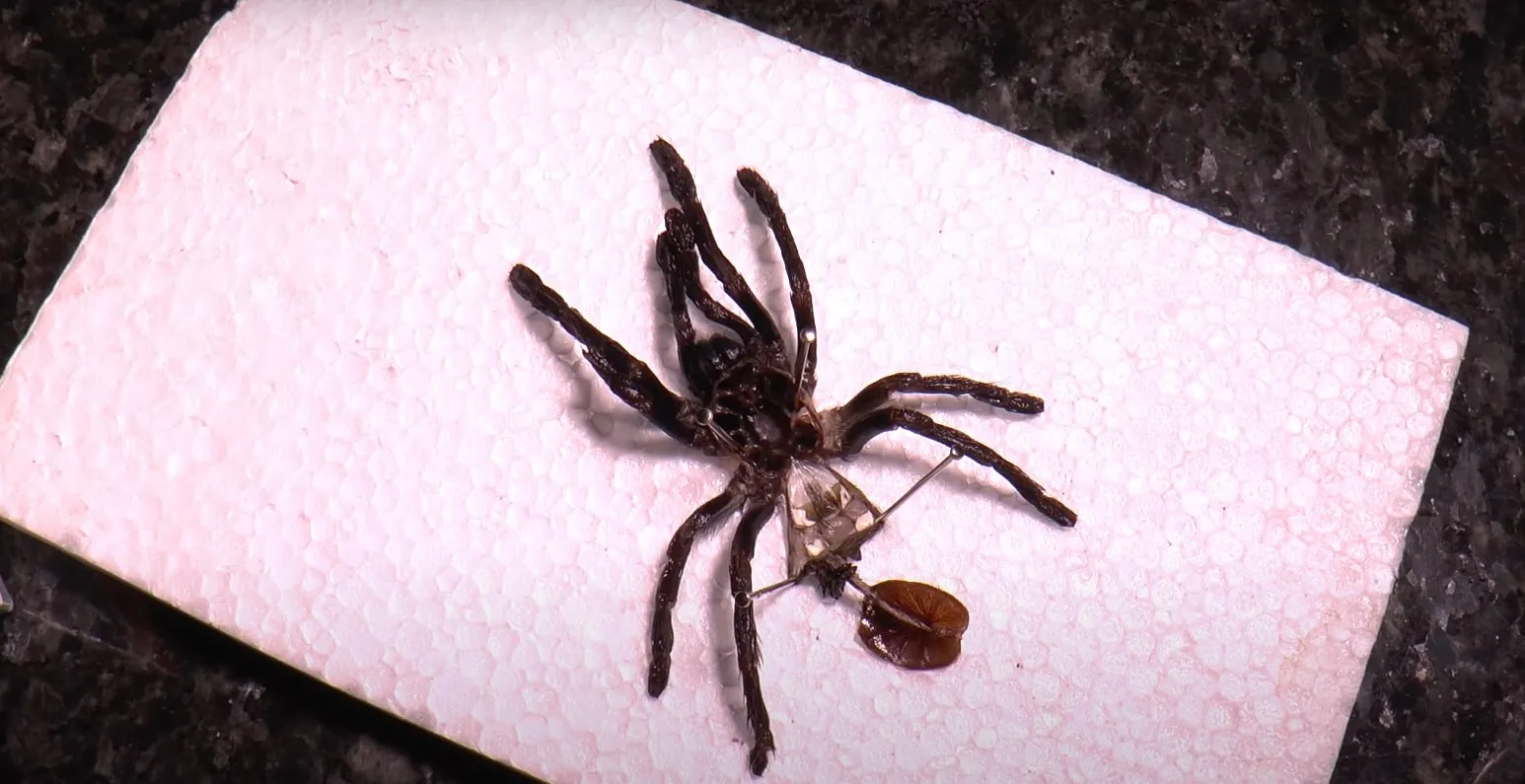
Temperament Variations
Behavioral differences between male and female Curly Hair Tarantulas can be observed, especially concerning temperament. These distinctions, while subtle, are important for understanding their respective needs and personalities. Males and females react differently to various stimuli, which influences their day-to-day activity and overall conduct. Observing these behavioral traits gives a holistic understanding of the spiders.
Male Curly Hair Tarantulas
Male Curly Hair Tarantulas may exhibit slightly more erratic behavior, especially as they mature and start seeking mates. They are often more active and wander more frequently. Their behavior often shifts during the breeding season. They may be more prone to moving around their enclosure. This activity is a part of their mating ritual. While generally docile, males may also show heightened levels of stress. The constant search for mates impacts their behavior. These differences should be taken into account when handling them.
Female Curly Hair Tarantulas

Female Curly Hair Tarantulas generally display a more calm and predictable temperament. They are less prone to wandering, preferring to stay near their burrow or preferred hiding spot. They are more inclined to eat and are less disturbed by environmental changes. Their behavior is usually stable throughout the year. They are less likely to display erratic movement. They are good candidates for beginner tarantula owners due to their predictable demeanor.
Lifespan and Maturity
Lifespan Differences
One of the most significant differences between male and female Curly Hair Tarantulas is their lifespan. The female will generally live significantly longer than males. This difference in longevity is a crucial factor for any potential owner, impacting the long-term commitment and care required for these arachnids. Understanding the lifespan enables keepers to make informed decisions regarding their pets. The difference in lifespan is generally quite noticeable.
Male Curly Hair Tarantulas
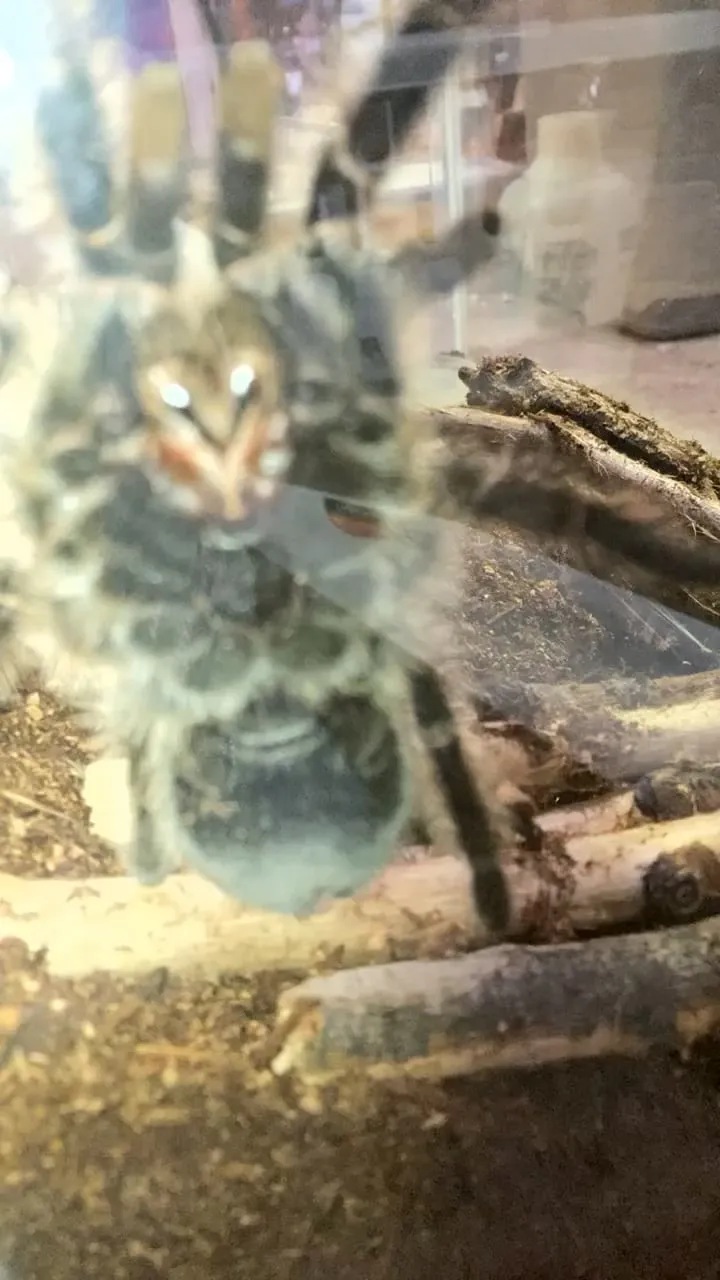
Male Curly Hair Tarantulas typically have a shorter lifespan compared to females. They usually live for only 5 to 10 years. Their shorter life is primarily due to the energy expended on the mating process. Males often die soon after they mature and mate. They dedicate a significant portion of their life to reproduction. The shorter lifespan is important for planning and husbandry.
Female Curly Hair Tarantulas
Female Curly Hair Tarantulas can live for an extended period, often ranging from 15 to 20 years or even longer. Their longevity is a key advantage for pet owners. Females invest their energy in growth and the production of eggs. The longer lifespan makes them a significant commitment. Proper care and a suitable environment ensure that they can live a long and healthy life.
Mating Behavior
Mating behavior provides a good clue about the gender of your spider. Males will build sperm webs and try to find a female to mate with. They also have hooks on their front legs that they use to hold the females fangs. Females will accept the males and proceed with mating, or they may eat the male, it depends on the female’s mood and hunger level. The males do die after mating, but the females can live up to 20 years.
Webbing and Habitat Preferences
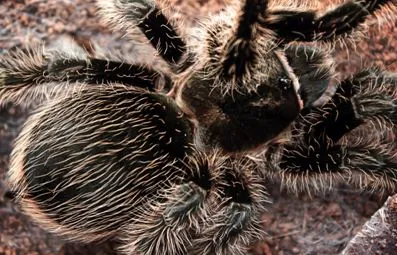
Differences in Webbing
Webbing habits provide insights into the differing behaviors and preferences of males and females. Webbing habits can be observed to recognize the gender. This behavior directly affects their overall comfort and security within the habitat. Observing their unique webbing styles is crucial for understanding and catering to their individual needs.
Male Curly Hair Tarantulas
Male Curly Hair Tarantulas tend to create less elaborate webbing. Their webbing is typically focused on the immediate surroundings. They are not as focused on constructing a complex web. Their webbing activities change during the mating season, with the construction of sperm webs. The limited webbing is in direct correlation to their wandering habits.
Female Curly Hair Tarantulas
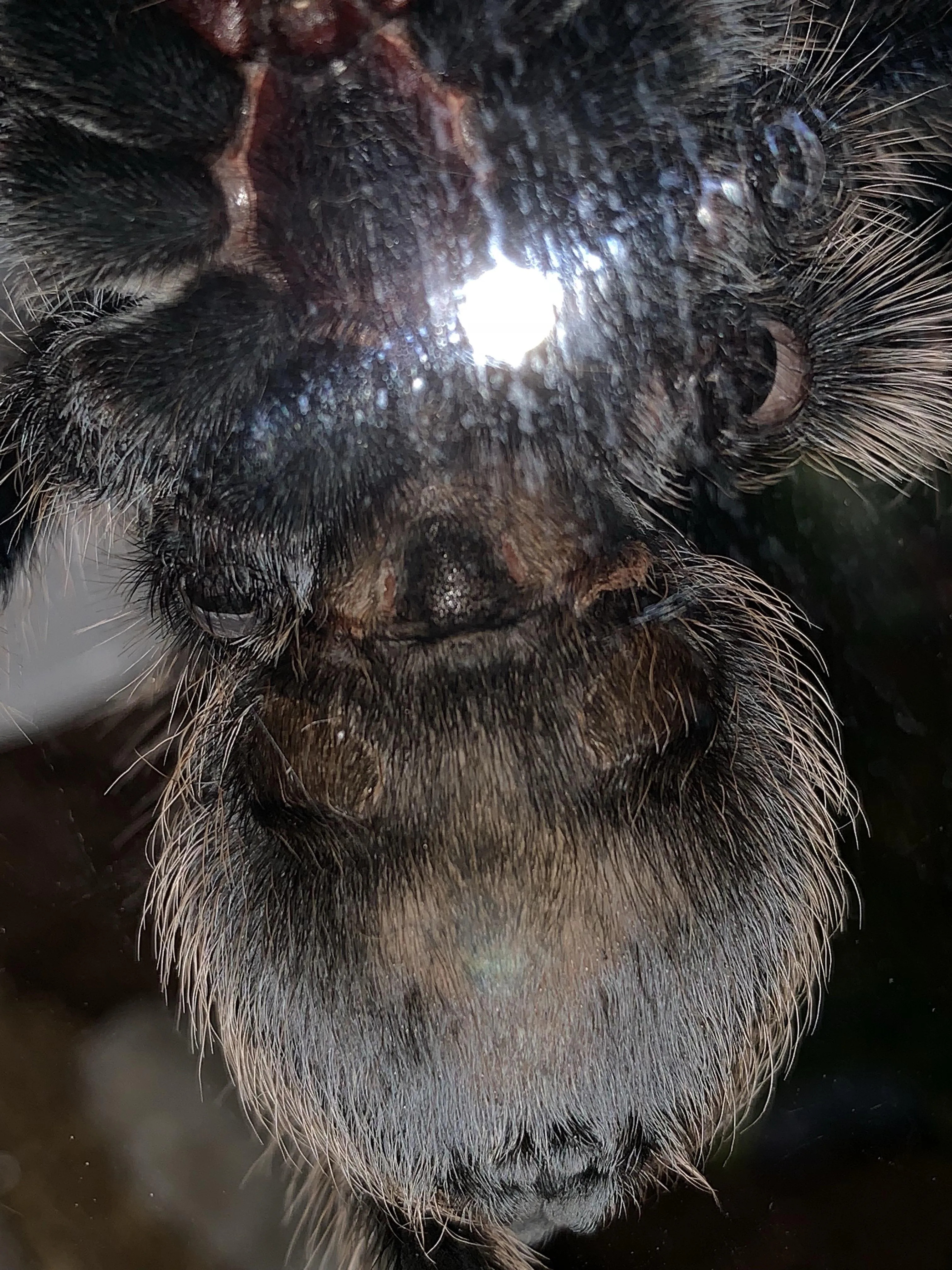
Female Curly Hair Tarantulas often create more extensive webbing in their enclosure. They often build elaborate burrows and secure retreats. This enhanced webbing provides a more secure habitat. The construction of this extensive webbing is essential to their sense of security. They use webbing to line their burrows. The extensive nature of their webbing is a key aspect of their behavior.
In conclusion, recognizing the key differences between male and female Curly Hair Tarantulas is essential for proper care, breeding, and appreciation of these unique creatures. From size and coloration to behavior and lifespan, each characteristic provides insight into their distinct needs and life cycle. By understanding these variances, owners can create a suitable and enriching environment that supports the health and happiness of their Curly Hair Tarantula, whether male or female. The differences highlight the beauty and complexity of these fascinating arachnids, making them an engaging and rewarding pet for the knowledgeable enthusiast.
